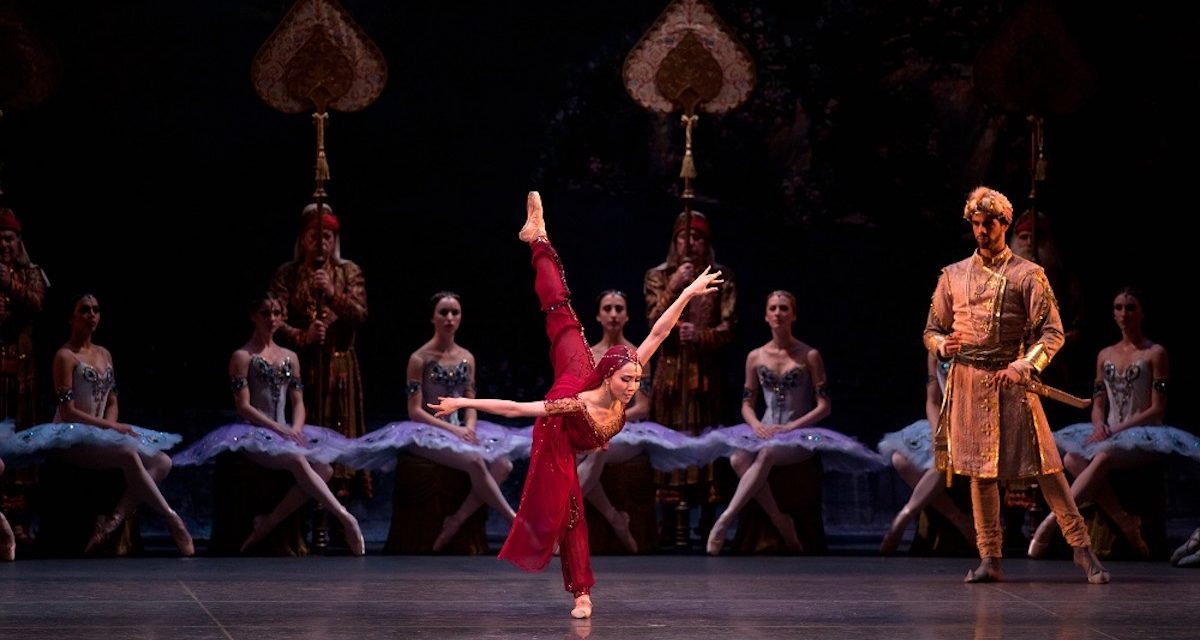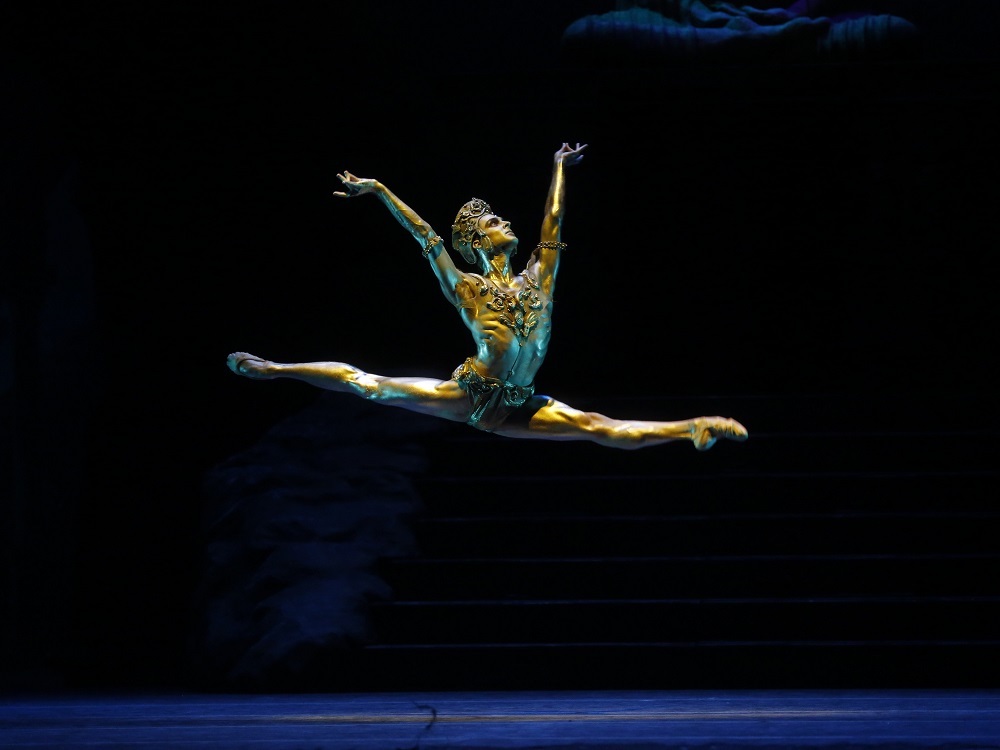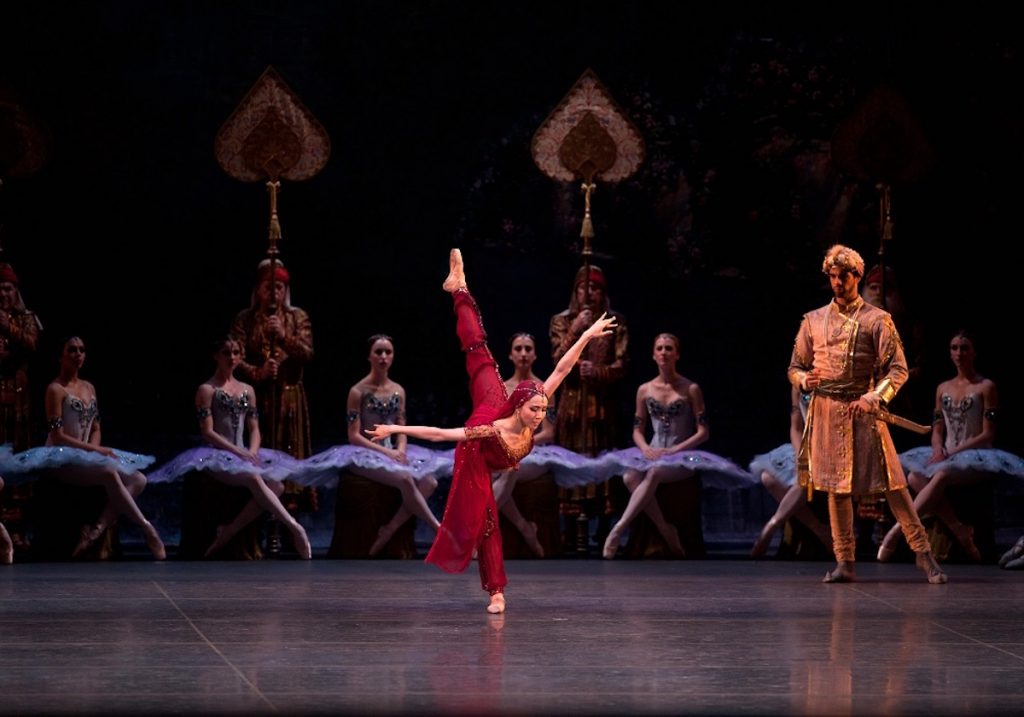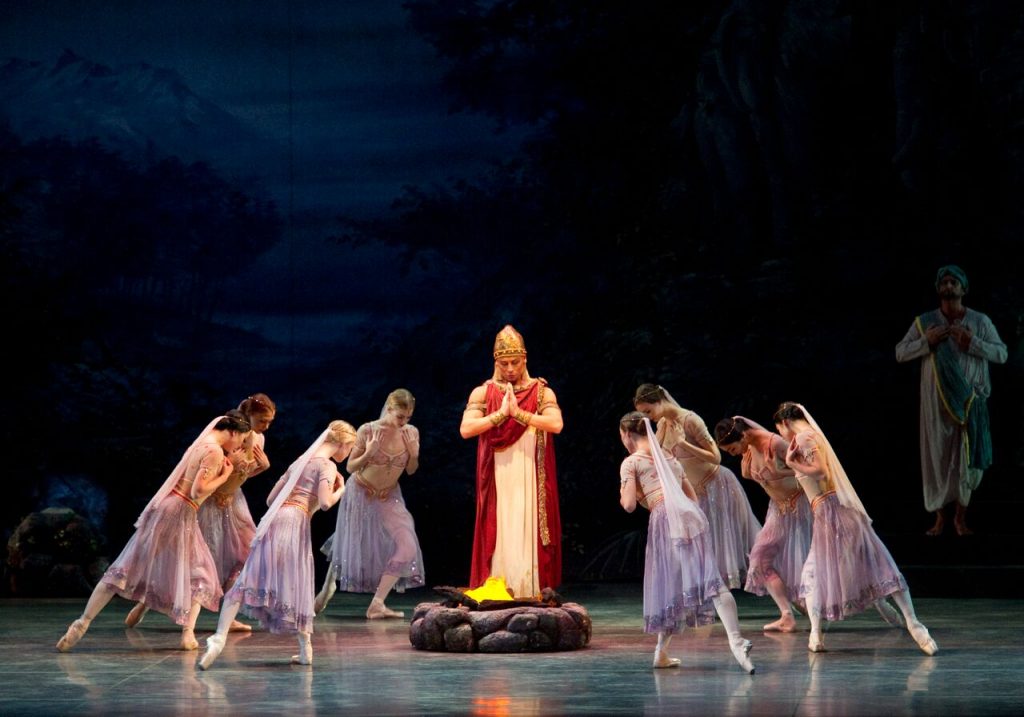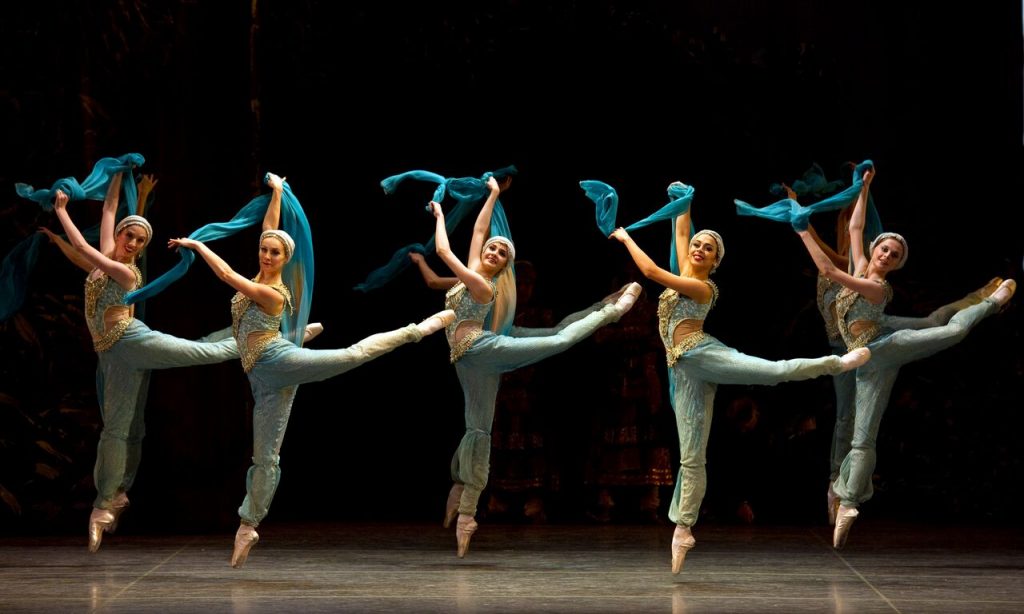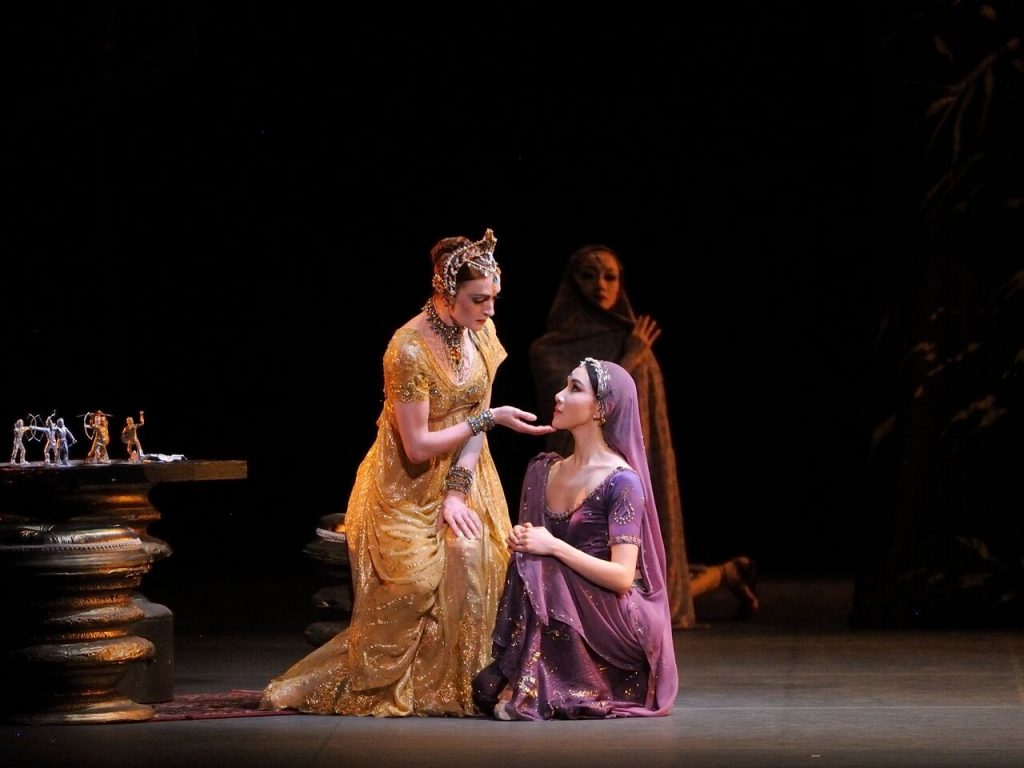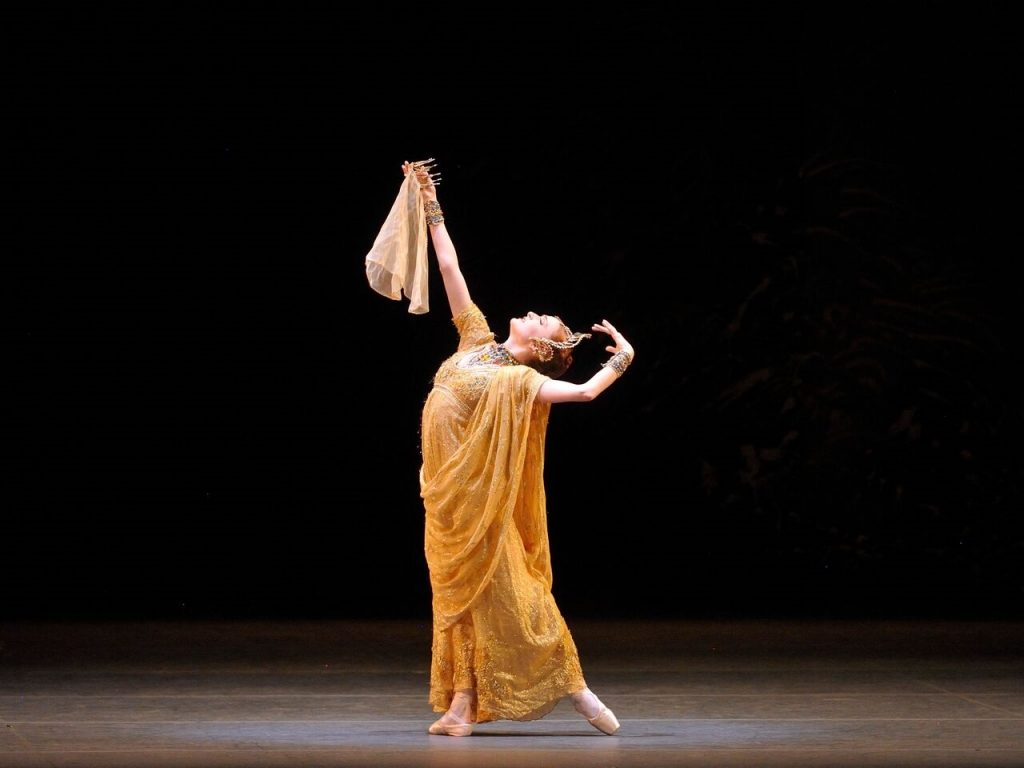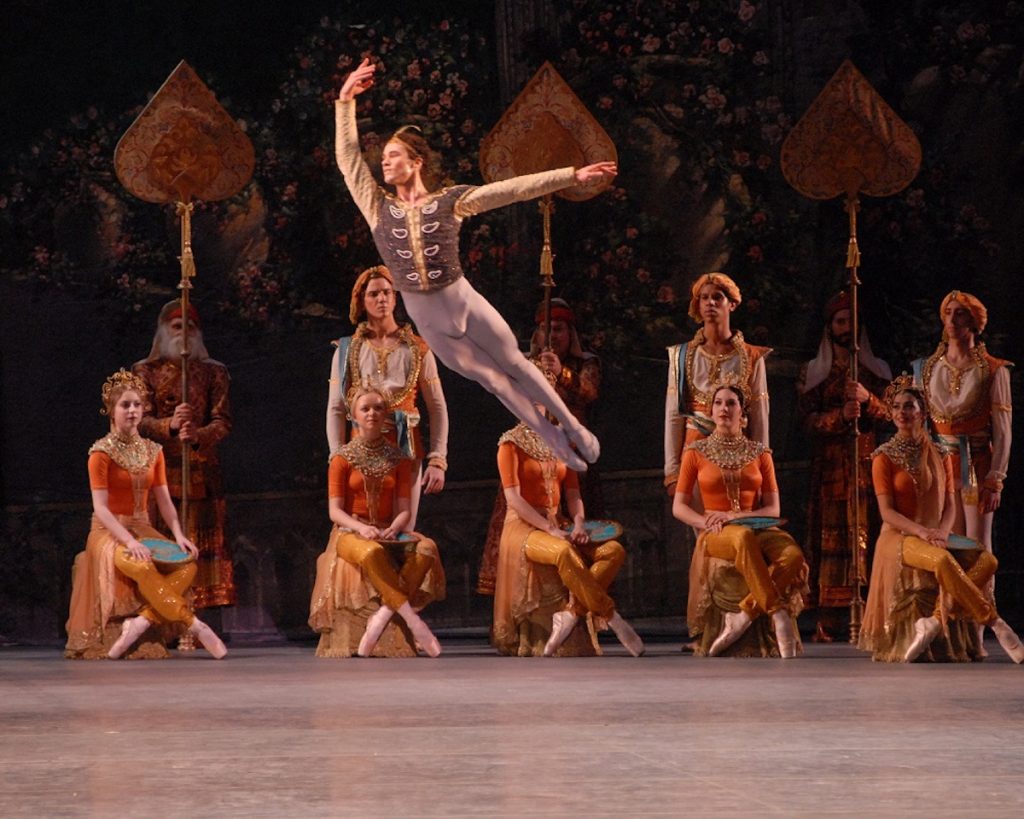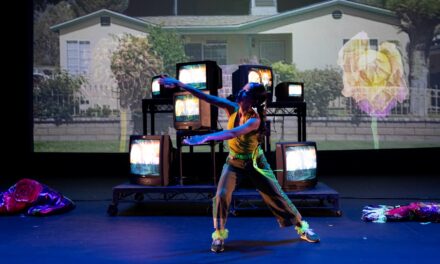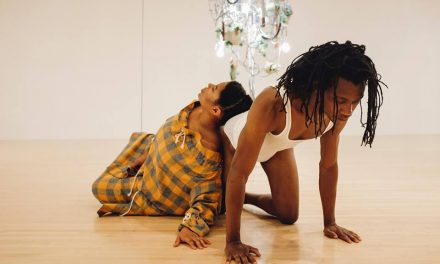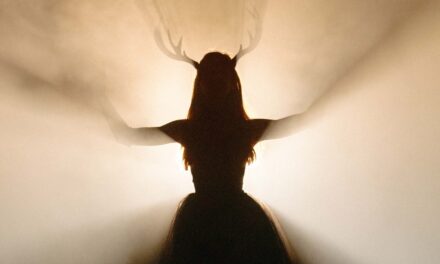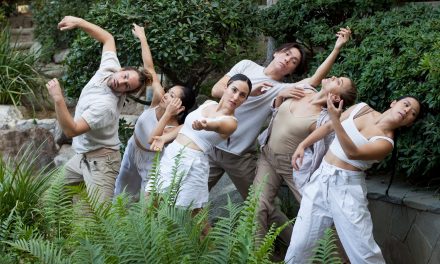Glorya Kaufman Presents Dance at the Music Center welcomes the return of American Ballet Theatre (ABT) performing the lush historical, La Bayadére, (The Temple Dancer). This version has been recreated by Natalia Makarova, after the original by Marius Petipa, the prolific choreographer of the Imperial Ballet of Russia. La Bayadére of the 1800’s was done in four acts for Ekaterina Vazem and Lev Ivanov at the Imperial Theatre, Russia, and was premiered on Febraury 4 1877. Despite Petipa’s concern about raising the price of tickets higher than the Italian Opera, it was a rousing success and remained in the repertoire until 1916, prior to the Russian Revolution.
Petipa staged his final version in 1900 for Matilda Kschessinskaya, Pavel Gerdt, and Olga Preobrashenskaya. Two giant regents of the ballet, even today, Agrippna Vaganova and Anna Pavlova performed as the lead Shades in that 1900 performance. Pavlova, in 1902 then went on to performed and seal her reputation as prima ballerina when she did the role of Nikiya.
La Bayadére was then retired in 1916 during the Revolution until 1920 when Fyodor Lopukhov rejuvenated it at the Imperial Mariinsky Theatre for Olga Spessivtseva, a student of Vaganova and the embodiment of the romantic ballerina.
La Bayadere (The Temple Dancer), is a dramatic tale, Shakespearean in nature, and is set in India. It’s a story of two doomed lovers, Solor the Warrior, and Nikiya, a beautiful Temple Dancer, broken apart by the jealous rival, Gamzatti, the Rajah’s daughter, who has Nikiya murdered by concealing a venomous snake in a bouquet of flowers. Nikiya is bitten by the snake as she performs her dance for the Royal Wedding between her lover and her rival. The High Brahman, who loves Nikiya, and was the master mind of the plan, is distraught at the turn of events, since the plan was for Solor to be the victim, so the Brahman could have Nikiya for himself. As he watches Nikiya dying, he tries to right his wrong by attempting to give her an antidote, but she refuses and chooses death instead. Solor is shocked and heartbroken and escapes to an opium den to rid himself of the pain and loss. In his stupor, Nikiya appears to him in spirit. He then fantasizes the Kingdom of the Shades, beginning with a single shadow spirit…step arabesque, Cambré, walk, walk, walk, stepping deliberately down a raked ramp and revealing the next dancer, and the next, til the entire stage is filled with 32 dancers in white shimmering ghost-like tutus with scarves attached from their shoulders and draping to the end of their fingers, they “are making a connection from the afterlife that leads Nikiya back to Solor in the world of the living.” (Monica Mason, artistic director of The Royal Ballet). Nikiya then appears again and forgives Solor for his weakness and betrayal of the promise to love her forever, and for his marriage to the vengeful Gamzatti. In the third and final act of this new production, Gamzatti’s murderous triumph, provokes the wrath of the gods and the end comes quickly as we see on stage the slow motion falling of columns and rocks, as the temple is destroyed and Solor is finally freed to reunite with his beloved Nikiya.
In this production the set designer, Pierluigi Samaritani, has united sumptuous sets in golds, browns and yellows depicting the palace of the Radjah, Gamzatti’s father. The opium den in contrast is sparse and smoky in blues and grays in expectation of Nikiya and the Shades unworldly appearance.
The stunning costumes by Theoni V. Aldredge are extravagant, reaffirming the gold and earth tones with touches of teal accessories restated in the hints of blues and green in the women’s tutus and men’s uniforms during the Waltz and Pas d’Action. With splendid dramatic lighting by Toshiro Ogawa
The Ludwig Minkus music, specially arranged by John Lanchbery, reflected primarily the musique dansante in vogue in the late 1800’s from the usual polkas, adagios, waltzes and the like.
Following tradition, Isabella Boylston, playing Nikiya, the Temple Dancer, does former “Nikiyas” proud. Boylston was technically stunning with her exceptional musicality and lyricism. Her artistry and other worldliness melded both body and soul beyond the mundane in The Scarf Duet with Solor. Boylston balanced nearly solo while holding the long tulle scarf with her partner. Her focus and concentration mesmerized the audience as they watched in anticipation. Her unhurried passionate moments were often reminiscent of Makarova’s styling and followed the long lineage of brilliance that came before her.
Jeffrey Cirio was a lovely technical soloist with wonderful ballon, amazing turns and exciting moments as the audience cheered him on to his last tour, landing prone and reaching outward to his illusory Nikiya. However, the character of Solor, the Warrior, our hero, requires more, much more. Traditionally it needs a powerful presence and energy, along with virile charisma and magnetism that makes his two-paramour fight and die for him.
Cirio’s partnering at times appeared weak and unwieldy with not quite the strength and girth to make the overhead or complicated lifts effortless. Boylston’s feather-like lyricism as Nikiya would have benefited from a pairing with the likes of Vasiliev, Bolle, or Gomes. Her delicacy, matched with Solor’s onstage strength and charisma, would have heightened the drama of her death and the passion of their final union; thus, bypassing the power, fire, jealousy and manipulation of Gamzatti
Misty Copeland played the character of Gamzotti, the Radja’s daughter. This wily character must possess the fire and abandon of someone hopelessly in love, fiercely jealous, and possessing the royal positioning to do anything to eliminate those who get in her way. Miss Copeland, in this performance appeared not to be up to her fiery self, looking fatigued, and careful. As an audience, I found myself holding my breath through some of her solo moments, hoping for the best.
The High Brahmin portrayed by Roman Zhurbin was emotional, and powerful in his portrayal of unrequited love for Nikiya. His large presence and adept acting clearly defined his love for her; and his failure to save her life with an antidote for the deadly snake bite, makes him a tragic figure in this tale.
Joseph Gorak’s stunning interpretation of the Bronze Idol, a tour de force in the Third Act, is a traditional, and technically difficult piece originally created years later by the Russian danseur, Nikolai Zubkovsky in 1948 for the Kirov/Mariinsky Ballet. Gorak, fully painted in bronze, portrays the sacred Bronze Idol. Exotic Mudras (hand gestures) with angular arms and legs, leaps into deep second position pliés, then bounding into bent legged tours, make this a technically challenging piece for endurance and perfection. Gorak’s stunning performance was concluded with great cheers from the audience in recognition of his spirited interpretation with the hopes to see more of him in the future.
The ABT corps performed with control and grace, culminating into rows and lines that showed the proficiency of a well-rehearsed corps. It was followed by Pas de deux, pas de trois and solos which duplicated the incredible tradition of the great Imperial Theatre. Equally lovely are Sarah Lane, who was dance double for Black Swan/Natalie Portman; Cassandra Trenary, young intelligent soloist, and the spirited Breanne Granlund. All unique and pleasing to watch among the undulating corps. The male dancers performed their allegro with effective command of technique and élan.
Seeing this production was an historical opportunity to reflect on the history of the Petipa legacy through Ballet Theatre and their talented soloists, demi soloists and corps. Without question, the work and leadership of Natalia Makarova…whose connection to the great Russian tradition of dance, acknowledges the inheritance of that great legacy. We are grateful for the opportunity to see such a legacy and look forward to other classic pieces in the future.
To learn more about American Ballet Theatre, click here.
Feature Image: La Bayadére Act I – Hee Seo, Muntagirov Boylst – Photo: Rosalie O’Connor

